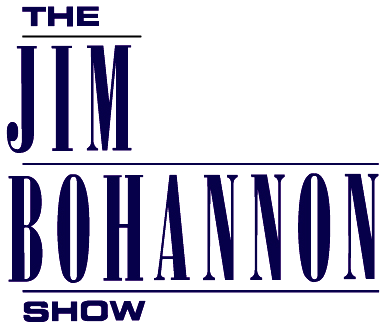EXCERPT: INNOVATING INNOVATION
Lesson One: Remember Perceptions Rule
The power of using consumer perceptions as your starting point is fundamental to Peter Drucker’s strategic focus on marketing and innovation. It is also at the heart of my argument about today’s need to innovate innovation itself.
Business Adventures: Twelve Classic Tales from the World of Wall Street, by John Brooks, is among the favorite business books of one of my former clients, Microsoft founder Bill Gates, and of Berkshire Hathaway founder Warren Buffett. Brooks offers a convincing and detailed argument to debunk the legend that the Edsel’s marketing and innovation were based on scientific research. There was research, but nobody paid much attention to it. Then, when it came to manufacturing the car, what little of the research that went into design was mostly discarded so the car could be built on an existing chassis using existing machine tools and assembly lines. At a very basic level, therefore, the Edsel was a failure of both marketing and innovation. While marketing and innovation are together critical, trying to market a product shorn of any consumer-inspired innovation is a forlorn hope.
The blindness of Ford leadership did not prove temporary.
Even after Edsel’s failure, J. C. Doyle, an Edsel marketing manager, steadfastly refused to learn anything about the power of consumer perceptions. Years after the demise of the Edsel, Utah congressman Mo Udall remarked the day after he lost a particularly close election: “The people have spoken, the bastards!” Like Udall, Doyle concluded the people have spoken (the bastards!) and, to his dying day, he blamed the dopey American public for the Edsel’s failed launch. As he told Brooks: “People weren’t in the mood for the Edsel. Which is a mystery to me. What they’d been buying for several years encouraged the industry to build exactly this kind of car. We gave it to them, and they wouldn’t take it. Well, they shouldn’t have acted like that... And now the public wants these little beetles. I don’t get it!”5
If we look at Ford’s large market study of 1952 and the work of its “Forward Product Planning Committee” in 1954, it becomes apparent that, in designing the Edsel, Ford was focusing not so much on what consumers wanted, but on the gap between the company’s offerings and those of its competitors. Ford executives should have been obsessed with potential customers. Instead, they were obsessed with their competitors. In single-mindedly concentrating on producing a mid-priced vehicle, they built a car for their competitors, not their customers. As former Procter & Gamble Chairman A.G. Lafley observed, there is a fundamental difference between competitor-focused companies and customer-focused companies. For example, in phone manufacturing, a competitor-focused company says they are in the business of “making smartphones.” By contrast, a customer-focused company believes they are in the business of “connecting people and enabling communications any place, anytime....”
In fact, Brooks points out the market research was simply ignored, discarded, and replaced by whim, intuition, personal agenda, bureaucratic politics, plain-old guesswork, and, later, some old-fashion snake-oil-selling methodologies . . . .
For more information go to:
www.playoffense.com.
Or contact Team DMG Global at 202-223-7945.
 Romney gets personal, more likable
Romney gets personal, more likable The Point: The Underdog Advantage
The Point: The Underdog Advantage








